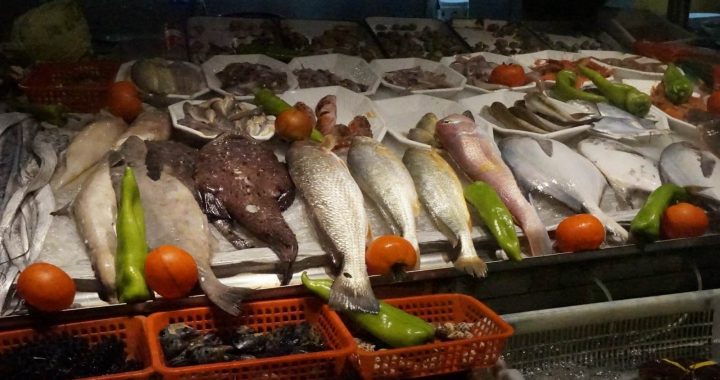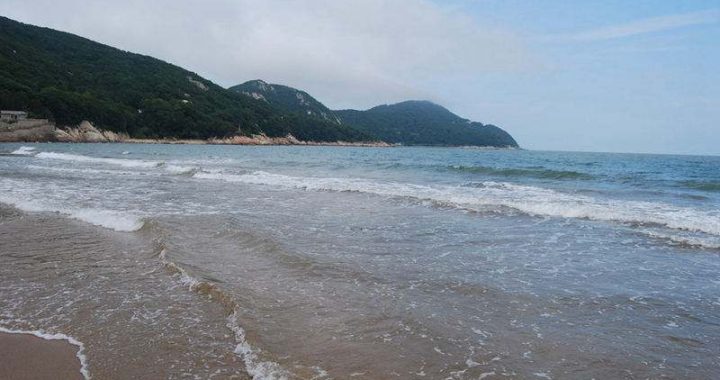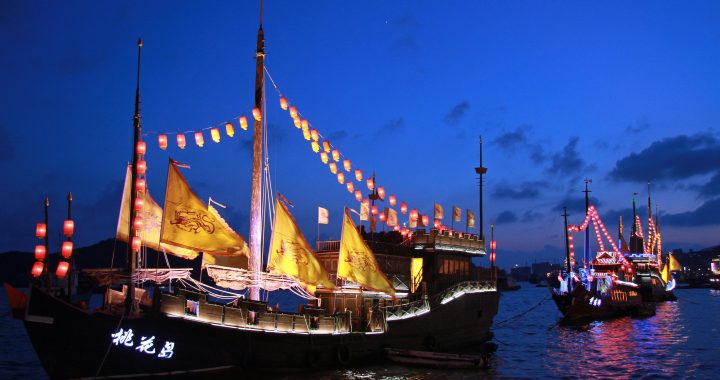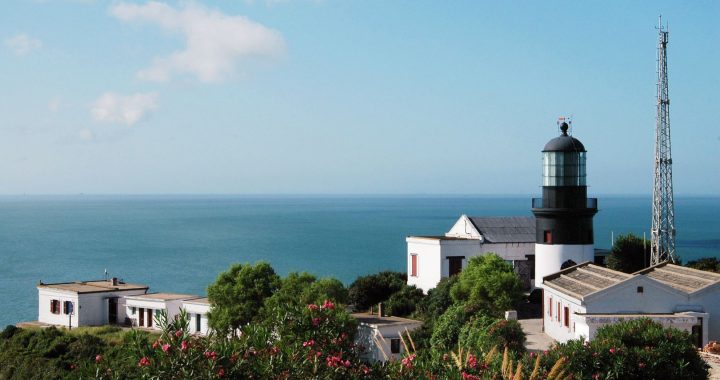luacheng Buddhism Temple and Jintang Plum
2 min readrmaoist myths state that Laozi, the founder of philosophical Taoism, was conceived I when his mother gazed upon a falling star and supposedly remained in her womb for 62 years before being born while his mother was leaning against a plum tree.(The Chinese surname Li shares its character with “plum”.) Legend also has it that Laozi emerged as a grown man with a full grey beard and long earlobes, both symbols of wisdom and long life.
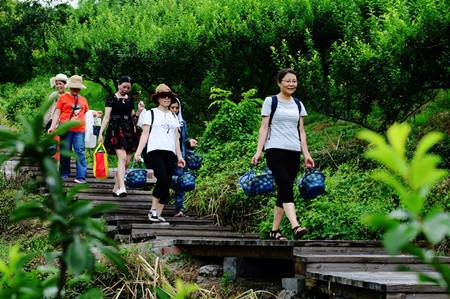
The No.1 summer treat of Jintang is the ‘ Jintang plum’, reputed for its fl eshiness, crispness and succulence and ranking among the ‘ top 10 fruits in Zhejiang’. It is widely believed that this supreme summer quencher was originally grown in Hangzhou only, until a young man surnamed Yan’ stole’ twigs from the roadside on his way back home from a provincial examination to release his horticultural passion. The result was successful stem grafting by using peach trees as the rootstock. Ever since then.
the yearly ripening season of this hybrid fruit has been a reliable source of a tidy income of the local farmers; and the Xianren Hill in eastern Jintang has long been a production base of the delicacy.
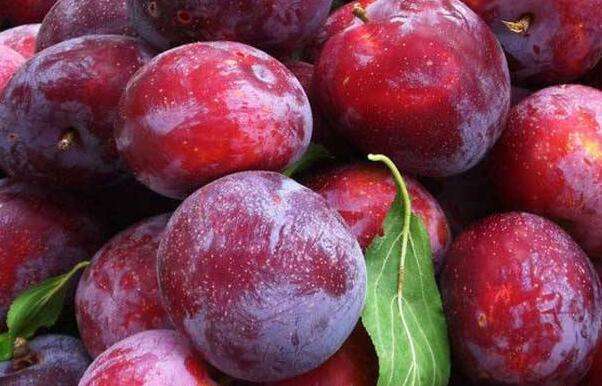
Upon the rolling hills blanketed with luscious green foliage, the green-fl eshed fruit is camoufl aged amongst the broad-leaved branches. The plum growers in ShunongVillage in the Shantan area identify the ripened fruits as they pluck them from the branches and drop them into their baskets. Eager to share the fruits of their labour, the farmers fi 1l the baskets to the brim as well as sharing some extra plums for taste testing. The small window of time in which the fruit should be savored, is between late June and early July. When fi rst picked off the branches the fruit is naturally coated with a protective frost-like waxy texture, which can be rubbed off before the fruit is eaten. The fi rst bite into the crispy skin, reveals a bright red inner fl esh surrounding the seed. One anticipates a swee taste, but is greeted with a curious fl avor containing sour tones. Despite being unexpected, it’s a refreshing treat on a hot summers day. For the more adventures, one’s taste buds can be tested by trying the ‘ Jintang plum wine’ and plum prune which are good value for money.
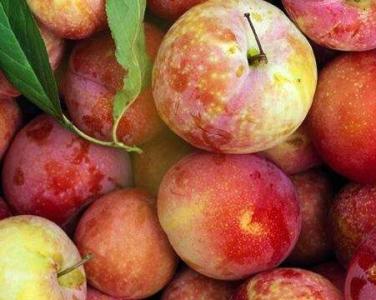
Those traveling in Jintang in springtime are advised to squeeze in some time for the Huacheng Buddhism Temple, where the pagoda sitting on the summit of the Mantousha Hill presents a spectacular view of snow-white plum blossoms blending into the engaging seascape. First built in the Five Dynasties times of China, the temple isone of the two most visited ancient Buddhism temples in the Jintang territory. It also serves as an ideal viewing site for taking in the majesty of the Xihoumen sea-spanning bridge.

